How to Switch Auto Insurance in 2025 Without Gaps in Coverage

Switching auto insurance providers in 2025 can be a smart financial move—especially if you’re dealing with rising premiums or changes in driving habits. However many drivers hesitate to switch out of fear of coverage gaps, cancellation fees, or complicated paperwork. The truth is, that changing insurance providers can be quick, easy, and rewarding if done right.
This guide walks you through how to safely switch auto insurance in 2025, ensuring there’s no lapse in coverage—and plenty of opportunities to save.
Why People Are Switching Auto Insurance in 2025
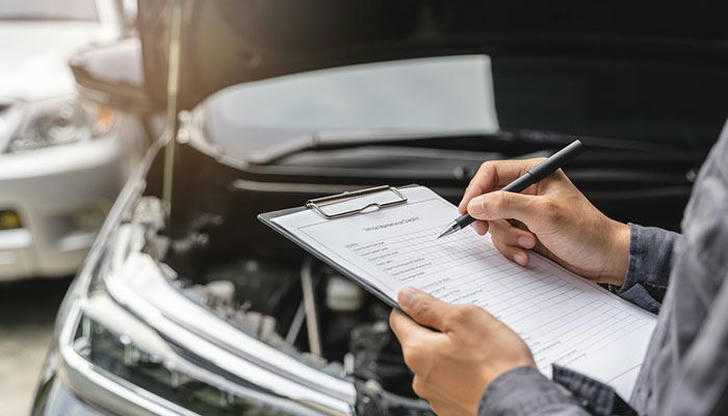
Several trends are prompting drivers to re-evaluate their current coverage:
Inflation continues to push up car repair and replacement costs, which directly impact insurance rates.
More drivers are transitioning to electric or hybrid vehicles, requiring updated coverage.
Remote work and reduced mileage are making usage-based insurance (UBI) more appealing.
AI-driven underwriting is allowing some newer insurers to offer more accurate, lower-cost policies.
These shifts mean 2025 is the perfect time to shop around—especially if your lifestyle has changed since you last signed a policy.
Step 1: Evaluate Your Current Policy
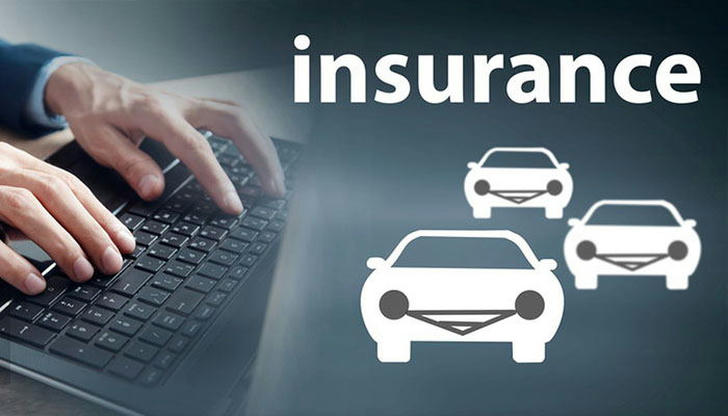
Start by logging into your existing insurer’s website or app and downloading your declarations page. Review:
Coverage types (liability, collision, comprehensive, etc.)
Coverage limits and deductibles
Premiums and billing schedule
Discounts applied
Renewal and cancellation terms
This gives you a baseline to compare quotes and ensure you don’t downgrade coverage by accident.
Step 2: Compare Multiple Quotes
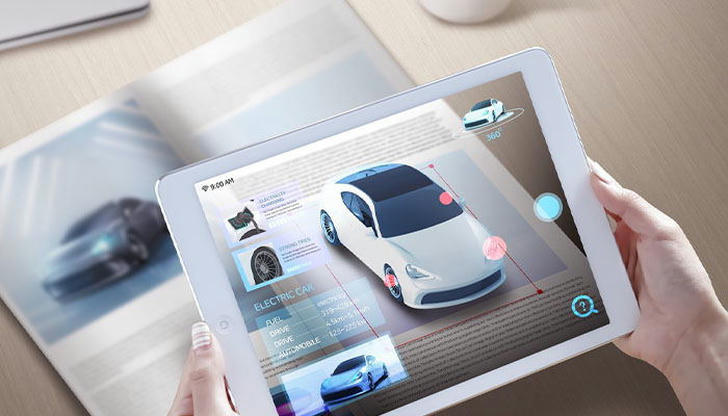
Don’t settle for the first quote you see. Use 2025’s wide array of digital tools to compare offers from major insurers and insurtech startups. Focus on:
Annual vs. monthly premium cost
Coverage depth and options (e.g., uninsured motorist, roadside assistance)
Customer service ratings
Claims satisfaction scores
Also, look for new or expanded discounts in 2025, including:
Low-mileage driver discounts
EV/Hybrid discounts
Smart driving habits via telematics
Loyalty or bundling discounts with renters or homeowners insurance
Pro tip: If you're using a comparison site, double-check the accuracy of your personal info and vehicle details to get reliable quotes.
Step 3: Ask About Cancellation Terms

Before committing to a new provider, read the fine print in your current policy:
Are there early termination fees?
Will you get a prorated refund for unused months?
Does your insurer require written notice?
Knowing your cancellation policy helps you avoid surprises and line up your old and new coverage seamlessly.
Step 4: Time Your Switch to the Day
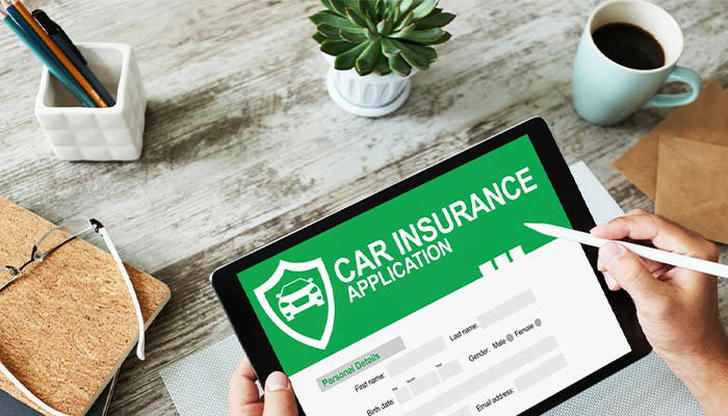
One of the biggest mistakes people make is canceling too early—or activating the new policy too late.
To stay fully protected:
Set your new policy’s start date for the same day your current policy ends
Or overlap by one day if you’re unsure (it’s okay to be double-covered for 24 hours)
Avoid even a one-day lapse in coverage, which could increase your future premiums or lead to license suspension in some states
Many states (including California, Texas, and Florida) require continuous coverage—even if you’re not driving.
Step 5: Confirm Your New Coverage Is Active

Before you cancel your current plan, take the following steps to ensure your new policy is locked in:
Pay your first premium
Download your proof of insurance or ID cards
Confirm your vehicle(s) and driver(s) are correctly listed
If leasing or financing, notify your lender of the new coverage
Some insurers now offer real-time digital proof of coverage, which can be instantly accepted by DMV or police if needed.
Step 6: Cancel Your Old Policy the Right Way
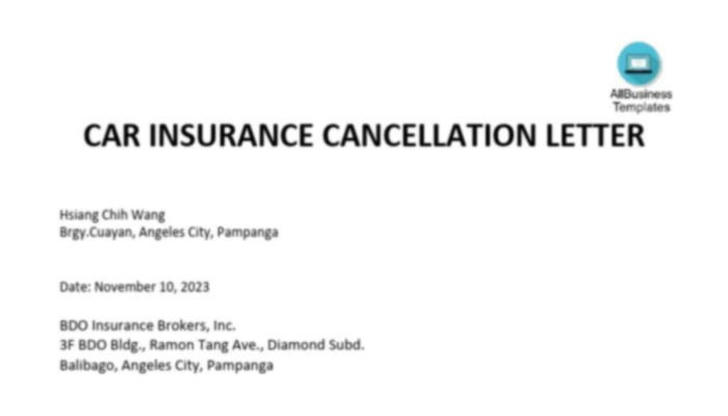
Once your new plan is active:
Contact your old provider to cancel your policy
Request a written confirmation of cancellation
Keep documentation for your records in case of future disputes
Ask about any refunds if you prepaid your premium
In states like New York or Virginia, you may need to submit proof of new insurance to the Department of Motor Vehicles to avoid registration suspension or fines.
Step 7: Update All Records
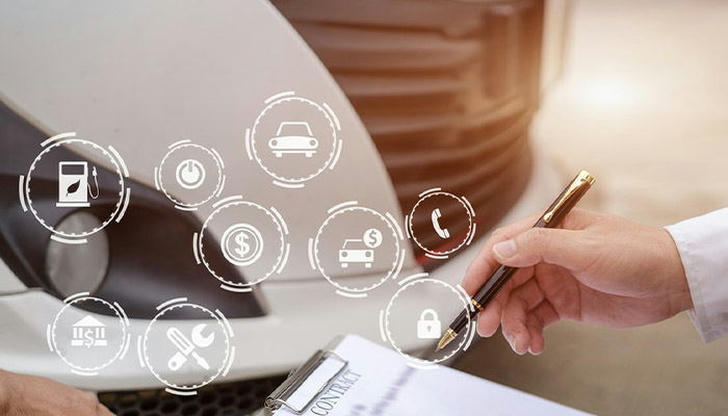
After switching, make sure to:
Store your new insurance ID in your glove box or app
Notify your lender or leasing company (if applicable)
Update DMV records if your state requires it
Delete the old insurer’s app or payment auto-drafts from your bank
Failing to update these details could cause issues if you're in an accident or pulled over.
Bonus: Watch for 2025-Specific Opportunities
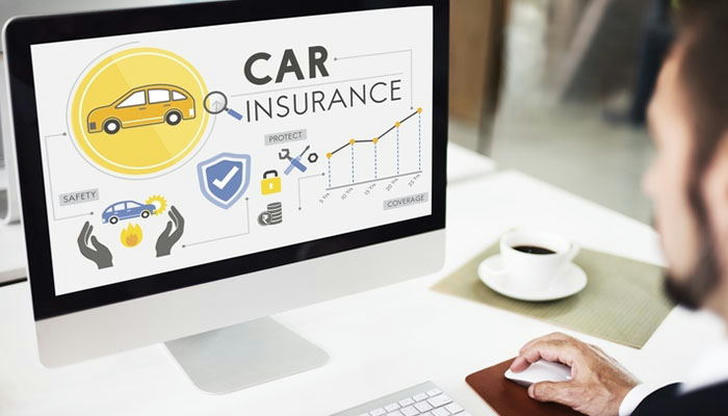
This year, several developments may influence your car insurance costs:
EV and hybrid-friendly insurers may offer unique perks like battery coverage or charging station protection
AI claims processing can speed up reimbursements, so compare providers based on tech features
Pay-per-mile policies are growing in popularity—ideal if you drive less than 8,000 miles per year
Climate-related coverage (e.g., flood or wildfire protection) may be worth adding depending on your region
Switching Insurance in 2025 Is Easier Than Ever—If You Plan Ahead

Don’t let high premiums or outdated coverage hold you back in 2025. With the right steps, you can switch auto insurance confidently, avoid lapses in coverage, and potentially save hundreds annually.
Remember: The key is timing, comparison, and proper communication. Use technology to your advantage, take control of your policy—and drive forward with peace of mind.
